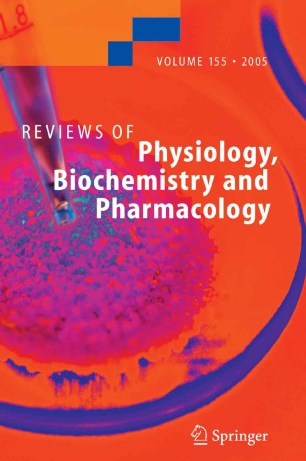
Reviews of Physiology Biochemistry and Pharmacolog
Publication year: 2005
ISBN: 978-3-540-28217-4
Internet Resource: Please Login to download book
The eukaryotic translation machinery must recognize the site on a messenger RNA (mRNA) where decoding should begin and where it should end. The selection of the translation start site is generally given by the ?rst AUG codon encoding the amino acid methionine. D- ing initiation soluble translation initiation factors (eukaryotic translation initiation factors [eIFs] in eukaryotes and prokaryotic translation initiation factors [IFs] in prokaryotes) bind the mRNA, deliver the initiator Met-tRNA, and assemble to form a complete 80S ribosome from the 40S and 60S subunits. By progressing along the mRNA in the 5 -to-3 direction the ribosome decodes the information and translates it into the polypeptide chain. During this process, repeated delivery of amino-acyl tRNA (aa-tRNA) to the ribosome, peptide bond formation, movement of the mRNA, and the growing peptidyl-tRNA is mediated by both soluble elongation factors (eukaryotic translation elongation factors [eEFs] in euka- otes and prokaryotic translation elongation factors [EFs] in prokaryotes) and the activity of the ribosome. The ?nal step in the translation process occurs when one of the three t- mination codons occupies the ribosomal A-site. Translation comes to an end and soluble release factors (eukaryotic translation termination factors [eRFs] in eukaryotes and proka- otic translation termination factors [RFs] in prokaryotes) facilitate hydrolytical release of the polypeptide chain.
Subject: Biomedical and Life Sciences